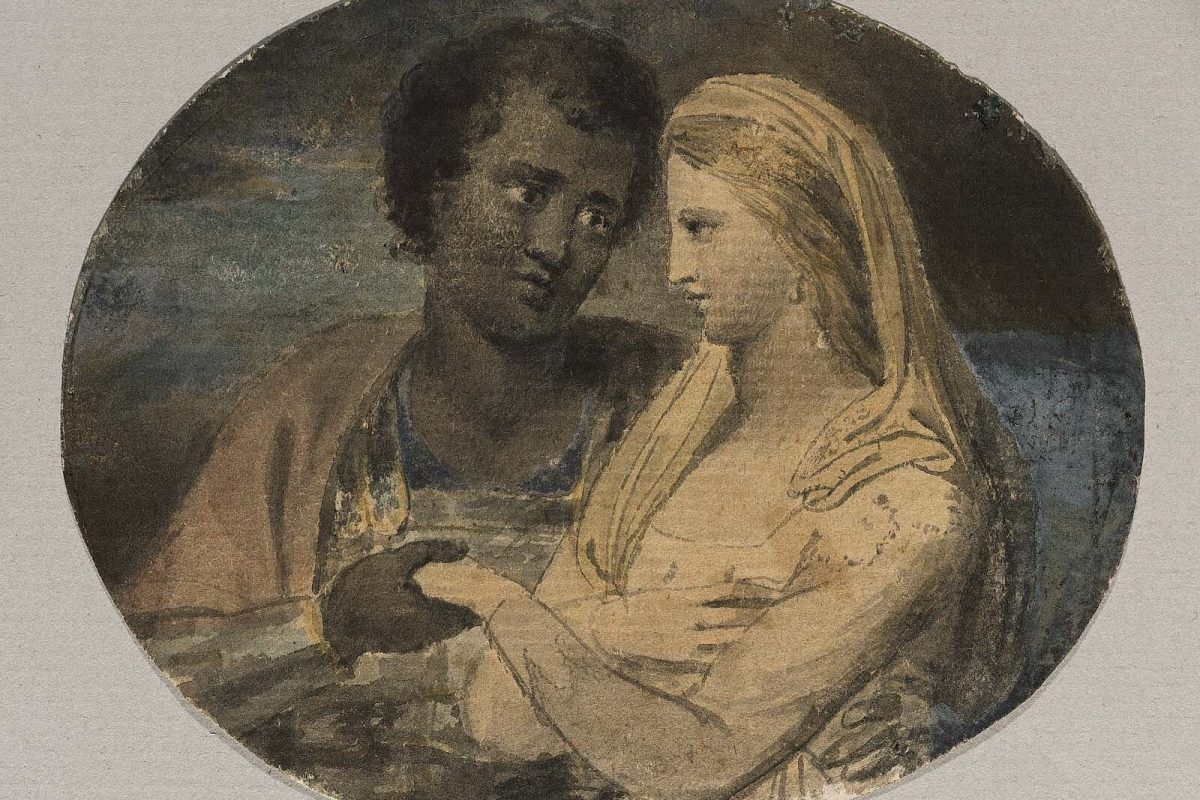The researchers here at Sheffield General Cemetery have been doing work to uncover the stories of the more unknown and untold lives of people buried on the site. This has included aiming to uncover a histories of people who were Black, Asian and Minority Ethnic and including Refugees and Asylum Seekers who lived and worked in Sheffield. These histories are very important to tell and the NHLF project which is ongoing at the Cemetery is committed to opening up the heritage of the site, giving all people a stake in the heritage and equally weighting the importance of all the stories and heritage that can be found there. All these stories give insight into important facets of Sheffield’s history and global history, including knowledge of Sheffield’s role in British colonialism and industrial past. To mark the start of Black History Month 2020, read Samuel’s story. We’ll be sharing more stories over the next 4 weeks.

Samuel Morgan Smith - I4 611 Anglican
 Samuel Smith was born on 25 March 1833 in Philadelphia. After training in Boston and New York he came to England with his wife, Mary Eliza Taylor, and son where he became the actor/manager of a small theatre in Gravesend. He travelled to Britain because as a Black man he was excluded from appearing in many theatres in America and had probably heard of the success of Ira Aldridge, another Black actor, in Hull. He was a famous Black Tragedian and played several Shakespearean and non-Shakespearean roles. Despite little financial success he was hailed as a great triumph. After a successful career touring all over England, Scotland and Wales, by 1882 he was living in retirement in Sheffield with his second wife, Harriet, his first wife having died after only eighteen months in England. By then the family was extremely poor, their only income 8s a week earned by his son. By 1882 the family were fighting against starvation and reliant on help from the Order of Freemasons to which Samuel belonged. Samuel died in March 1882 of pneumonia at the age of 49.
Samuel Smith was born on 25 March 1833 in Philadelphia. After training in Boston and New York he came to England with his wife, Mary Eliza Taylor, and son where he became the actor/manager of a small theatre in Gravesend. He travelled to Britain because as a Black man he was excluded from appearing in many theatres in America and had probably heard of the success of Ira Aldridge, another Black actor, in Hull. He was a famous Black Tragedian and played several Shakespearean and non-Shakespearean roles. Despite little financial success he was hailed as a great triumph. After a successful career touring all over England, Scotland and Wales, by 1882 he was living in retirement in Sheffield with his second wife, Harriet, his first wife having died after only eighteen months in England. By then the family was extremely poor, their only income 8s a week earned by his son. By 1882 the family were fighting against starvation and reliant on help from the Order of Freemasons to which Samuel belonged. Samuel died in March 1882 of pneumonia at the age of 49.



